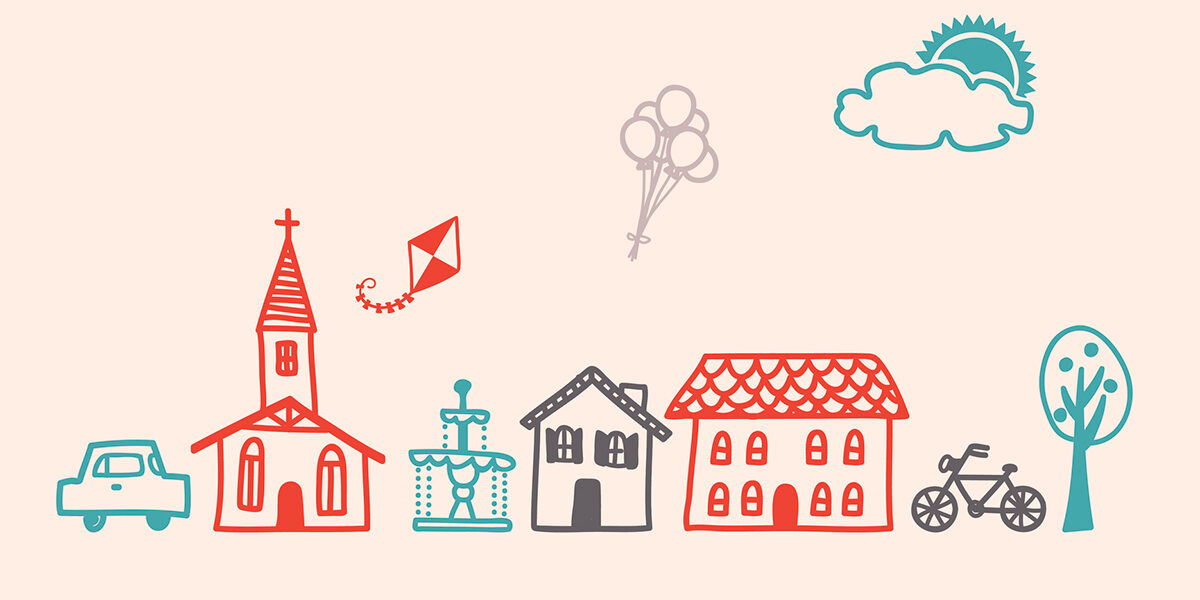Shelter is an essential component of human survival. Roof over one’s head is to be seen as the basic human right. Housing is an important aspect among the developing nation. Its main focus is to imply economic development within the rural sector. But we see shortage of shelter is a universal phenomenon faced by majority of the countries particularly the developing nations.
The government has been designing programmes and schemes for the rural area in various sections but we see that they put maximum attention towards the industrialisation and urbanisation which leads to more towards the urban people whereas the rural people were left behind. Also in the name of rural development the government has been using lot of money in these areas but are these money or these allotted funds reach to the needed people? That has been a question, as the government changes. There are many people who still live in deep rural areas who due to lack of education and awareness have no idea about the significance of the rural development. Most of these people are labourers who are landless and belong to SC, ST and OBC communities and also many are of General communities. Their wages remain very low and they are heavily indebted (due to agricultural loss).
Rural development needs to focus on households of the rural area who become self sustaining family and they are able to meet at least their minimum daily needs and also giving them a better housing and basic facilities (linking roads and giving them electricity, hospitals primary health care, primary schools etc.) within the one area.
We see that rural housing in India has been constructed by the rural families which are largely self build, self financed and community managed. But we cannot ignore the government efforts in constructing the houses in rural area. So we will look into the various programme and schemes launched by governments. In this PMAY-G will be analysed in detail.
To trace the history of rural housing in India
Rural housing programme in India has been seen as a programme in the country started with the rehabilitation of refuges immediately after the independence. Till 1960, nearly 5 lakhs houses were provided in different part of Northern India. After that, in 1957 village housing programme (VHP) was introduced to provide loans to the individuals and cooperatives of up to Rs. 5000. A fully fledged program for rural housing started in 1985 with Indira Awas Yojana (IAY) for the construction of houses for SCs/STs and bonded labourers. IAY in 1996 made a independent scheme aiming to address needs of BPL households. But there was gap and shortage of housing and to address this gap, Government in 2022 started “Housing For All” scheme. Earlier IAY scheme has been structured to Pradhan Mantri AwaaS Yojana – Gramin (PMAY-G).
Pradhan Mantri Awas Yojana (PMAY)
The Pradhan Mantri Awas Yojana – Rural (PMAY – Rural) was launched in 2016, aiming to provide housing for the poorest segments of society. Beneficiaries are selected through a rigorous three-stage validation process that includes (1) Socio-Economic Caste Census 2011, (2) Gram Sabha approvals and (3) geo-tagging. The scheme has incorporated the use of IT and Direct Benefit Transfer (DBT) for efficient fund disbursement, the implementation of region-specific housing designs, and evidence-based monitoring through geo-tagged photos at various construction stages.
Important statistics of PMAY-G
- Under the Pradhan Mantri Awas Yojana – Gramin (PMAY-G), the Government has set an ambitious target to build 2.95 crore houses. As of July 12, 2024, 2.94 crore houses have been sanctioned, and 2.63 crore houses have been completed. This shows that nearly 90% target has been achieved.
- Distribution highlights the inclusive approach of PMAY-G in promoting joint ownership and ensuring that women have a secure and equal stake in housing assets. It reflects a significant push towards empowerment. 81.08 lakh (27.65%) are owned by males, 2.12 crore (72.35%) by women and joint ownership, and 1,158 by transgender individuals of total house constructed.,
- Of the total allocations, 44.24 lakh houses (15%) are targeted for minority communities, 1.77 crore houses (60%) are designated for Scheduled Castes (SC) and Scheduled Tribes (ST), and 73.74 lakh houses (25%) are aimed at other categories.
Conclusion
The Pradhan Mantri Awas Yojana stands as a demonstration to the Indian government’s commitment to improving the living conditions of its citizens. The impressive progress in house completion rates, the empowerment of women through joint ownership, and the focus on vulnerable social categories highlight the comprehensive and inclusive nature of this initiative.






